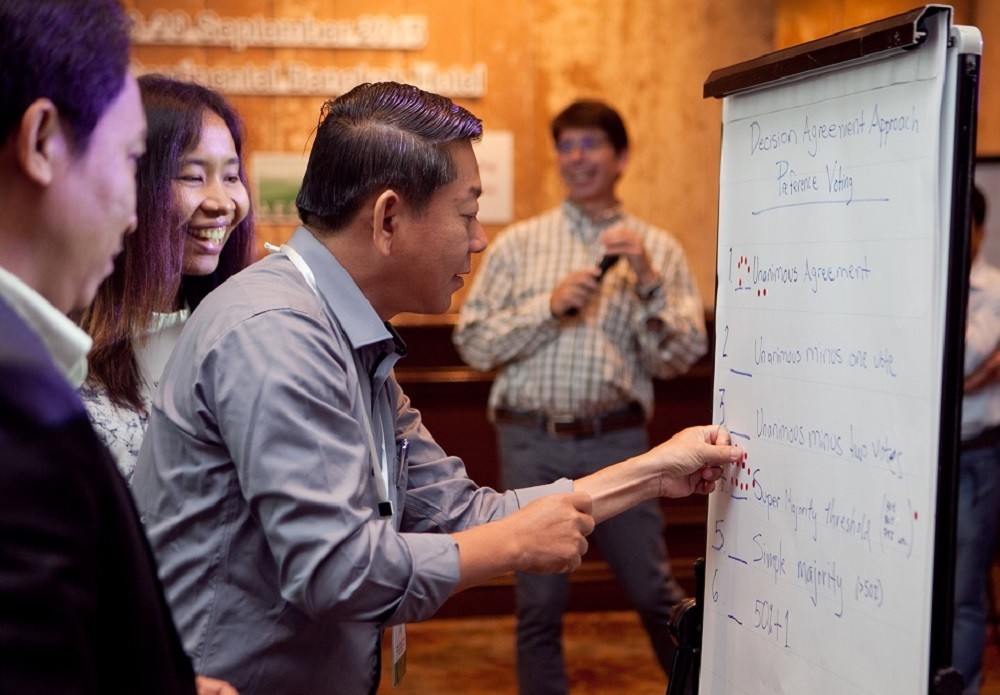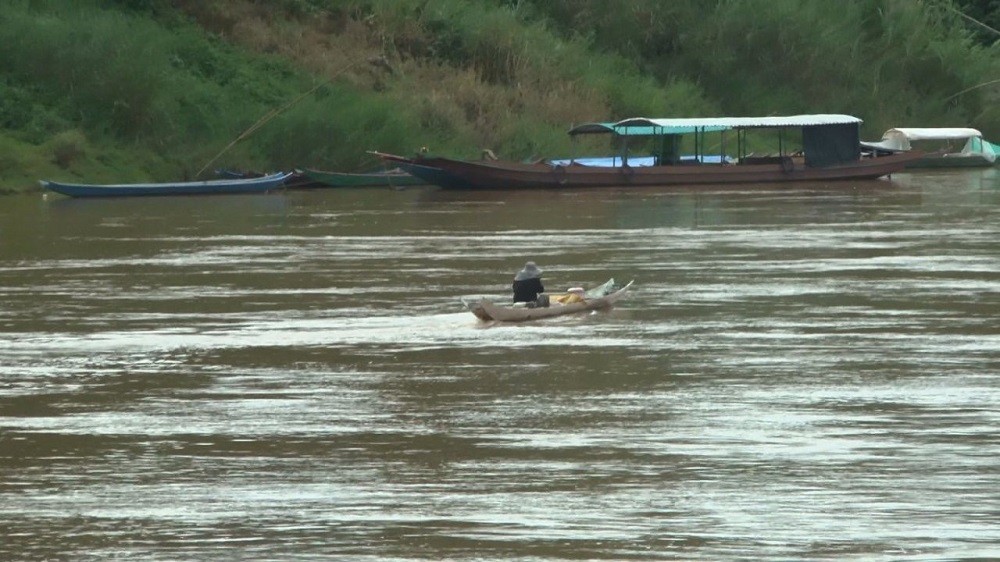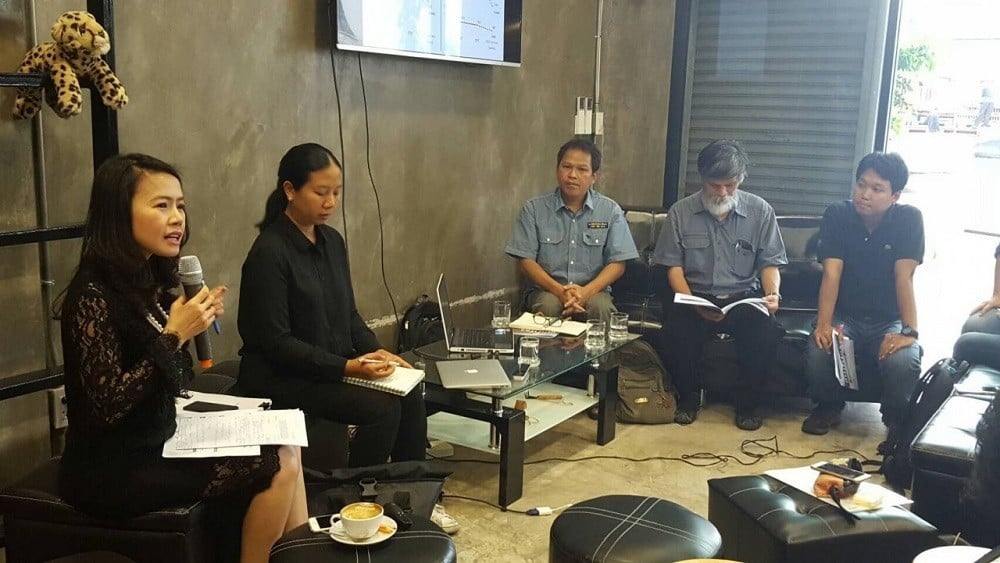After an eighteen month journey, a team of civil society and government experts from across the Mekong Region is poised to transform the way communities are engaged in development.
The team has developed the Guidelines on Public Participation in Environmental Impact Assessment (EIA) in the Mekong Region, which lays out a practical approach for governments, companies and communities looking to improve the social and environmental impacts of development projects such as dams, mines, power plants and economic zones.
Members say the Guidelines and the drafting process are milestones for the Mekong region, crossing borders and sectors in a way previously unseen.
“We’ve achieved solidarity across five countries. Bringing civil society to work together with governments – it’s amazing,” said Mr. Mam Sambath, one of the group’s experts from Development and Partnership in Action (DPA) in Cambodia. “The environment is not just a country agenda but a regional agenda, and one shared by everyone.”
The Guidelines draw on extensive cross-sectoral expert dialogue, research, and public engagement- with consideration of over 2200 comments from 500 community, NGO, government and private-sector voices from across the region.
Civil society and government: EIA “dream team” from across the region meet in Yangon (Photo: MPE)
Meeting for the final time January 9-11 in Yangon, Myanmar, the group made decisions on how to best incorporate all the feedback into the Guidelines, and on strategies to ensure it is implemented across the region.
“This is the start of something very new,” said Center for Environment and Community Research (CECR)’s Ms. Nguyen Ngọc Ly, one of the group’s members from Vietnam. “We have made impacts on our governments, our civil society and our networks, and I’m sure we’ll have impacts on our laws. All of us work on so many projects but I have never seen anything like this project.”
With support from USAID-funded Mekong Partnership for the Environment (MPE), the Regional Technical Working Group on EIA (RTWG) has been collaboratively developing the Guidelines in response to the growing concerns about the impacts of the regional boom of infrastructure projects and the lack of stakeholder engagement in decision making. Spanning across sectors and countries, the team has been working together to improving meaningful public participation in the development process.
“A new way of doing development” – USAID Burma Mission Director, Ms. Teresa McGhie. (Photo: MPE)
“The model of collaboration – among countries and stakeholders – that has been demonstrated successfully through your work as the RTWG, is in part what we are really talking about when we encourage a new way of doing development,” USAID Burma Mission Director, Ms. Teresa McGhie, told the group in her closing remarks for the meeting. “Through working together constructively and in partnership – involving government, business, and civil society – we can achieve shared solutions for responsible development.”
The RTWG is a diverse and experienced “dream team” of 25 representatives from 10 Ministries and 10 civil society organizations from Cambodia, Laos, Myanmar, Thailand and Vietnam. They are supported by national technical advisors and other international technical experts, including the Environmental Protection Agency (EPA) of the United States.
By law in all Mekong countries, developers must undertake EIA on all major projects. But guidance on public participation is often unclear. If followed, the Guidelines will help governments, companies, EIA consultants and communities ensure everyone affected by projects will have a voice in this process. Particular focus is on strategies to ensure often marginalized groups such as women and indigenous people are engaged.
The team foresees the Guidelines as the key regional tool used to ensure communities are meaningfully engaged at local, country and regional levels. The draft is already being used as a resource for public participation laws in Myanmar and Cambodia.
Rice farmer in Myanmar, near an area slated for development as an economic zone (Taylor Weidman, Getty Images in partnership with MPE)
“We are developing a national guideline which will customize more in relation to Myanmar context, concerns and needs,” said Mr. Aung Aung Lay, Deputy Director of the Environmental Conservation Department (ECD) Yangon Division, Ministry of Natural Resources and Environmental Conservation (MONREC) in his opening remarks. “I strongly believe that we can together make (the regional Guidelines) work and become an ASEAN framework one day.”
MPE expects the Guidelines to be finalized for local and regional use by April 2017.
MPE is implemented by Pact, and facilitates the RTWG in partnership with the Asian Environmental Compliance and Enforcement Network (AECEN) and regional governments and civil society organizations. MPE supports constructive engagement among business, government and civil society to facilitate socially and environmentally responsible development in the Mekong region.
For more information on Mekong Partnership for the Environment and its efforts to improve public participation, watch the video below.
MPE brings together civil society, government and business to find shared solutions for responsible development. (Video: MPE)
This is an outreach announcement from the USAID–funded Mekong Partnership for the Environment (MPE), a key supporter of The Mekong Eye.
Lead Photo: RTWG members in action at the first RTWG meeting in Bangkok, Thailand (Photo: MPE)








